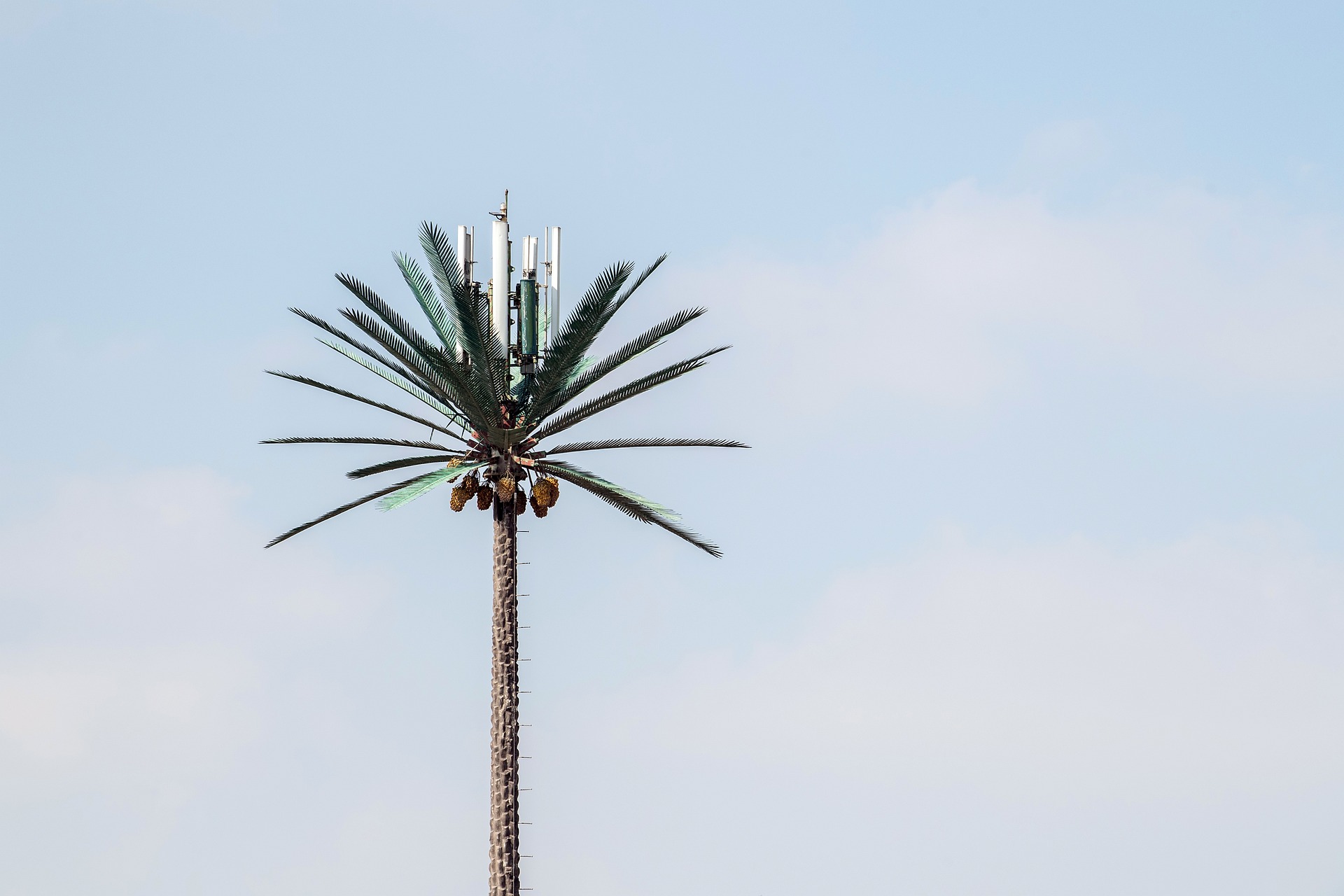Pictorial Storytelling: The Resurgence of Tapestry Art in Modern Visual Culture
In the ever-evolving landscape of the art world, one enduring medium is experiencing a surprising resurgence: tapestry art. Tapestries, with their intricate designs and historical narratives, are once again capturing the imagination of artists and audiences alike. These woven marvels, once the domain of the medieval aristocracy, are now reinterpreted and redefined by today's creative visionaries, infusing contemporary themes into this ancient art form.

Tapestry Art: A Rich Tapestry of History
Tapestry art finds its roots in ancient civilizations, from the Greeks and Romans to the Middle Ages’ European nobility. They were more than just decorative pieces; they were a testament to power, wealth, and cultural narratives. As the art industry becomes more interested in recontextualizing traditional art forms, tapestry art is enjoying new attention and appreciation.
The Contemporary Rebirth of Tapestry Art
In recent years, tapestry art has found renewed popularity, with modern artists embracing its storytelling potential. Artists like Grayson Perry and Kiki Smith have led this revival, creating tapestries that weave contemporary narratives, often addressing social and political issues. This modern spin on an age-old medium has resulted in some truly mesmerising works of art, showcasing the versatility and relevance of tapestry art in today’s cultural conversation.
Impact and Reception: Tapestry Art in the Spotlight
The resurgence of tapestry art has not gone unnoticed. Major art institutions, like the Tate Modern and the MoMA, have hosted exhibitions dedicated to this medium, showcasing both historical pieces and contemporary creations. Critics and audiences alike have been captivated by this unique blend of tradition and innovation, heralding this new wave of tapestry art as a testament to the enduring power of visual storytelling.
The Future of Tapestry Art: A Weave of Possibilities
With its newfound popularity, the future of tapestry art looks promising. As artists continue to explore this medium and push its boundaries, audiences can expect to see more innovative and thought-provoking works. In the age of digital media and fleeting attention spans, the tangible, time-consuming, and narrative-rich art form of tapestry offers a refreshing contrast, reminding us of the enduring power of traditional artistic expression.
In the world of arts and entertainment, tapestry art’s resurgence is a testament to the cyclical nature of trends and the enduring appeal of storytelling. By weaving together threads of history, social commentary, and artistic innovation, contemporary tapestry art is creating a rich tapestry of its own, one that mirrors the complexity and beauty of the world we live in.





